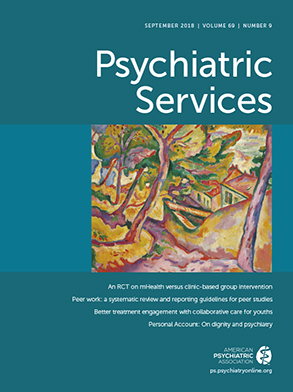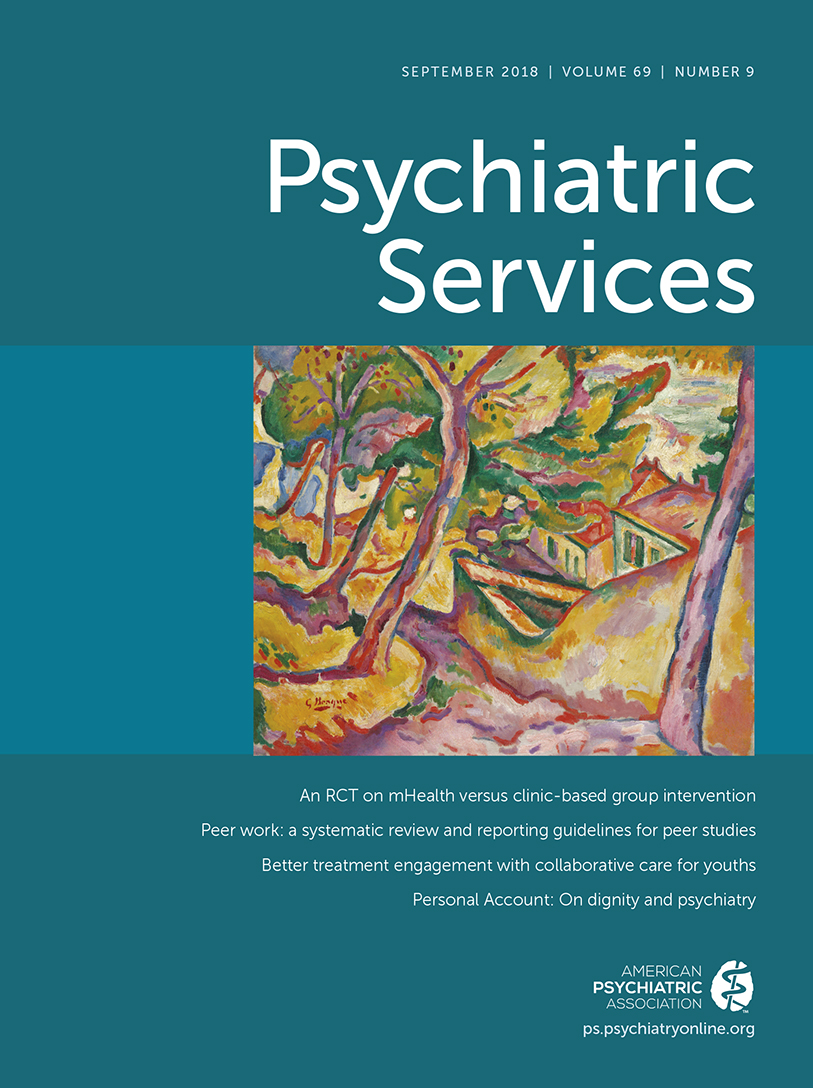Are humans destined to hate each other? You might think so, given the current tribal passions that sharply divide the country. Considering our political affiliations, sexual orientations, religious beliefs, and racial and ethnic backgrounds, I cannot think of another time in recent memory when people have been so pitted against each other.
Well, I have some good news: there is nothing inevitable or hardwired about our specific prejudices or biases. In fact, recent neuroscience research suggests that tribalism is, to a great extent, socially constructed and that there is much that we can do as clinicians to combat the forces that divide us and our patients.
Let’s look at racial prejudice, for example. Early brain imaging studies of adults showed that when white participants looked at black faces, their amygdala showed robust activation, suggesting that the experience evoked some degree of fear and threat. You might be tempted to think that this threat response and obvious racial bias are innate and unchangeable—but you would be wrong (
1).
Our sense of tribe is far more malleable than most people realize. A more recent study by Eva H. Telzer (
2) and others used functional magnetic resonance imaging to scan the brains of a group of children and adolescents and discovered that they showed little or no amygdala response to racial cues. The brain’s fear response to these cues could not be elicited until the children were 14 and older, strongly suggesting that this neural bias toward race is not hardwired at all; rather, it seems to be learned and acquired over time. Bigots appear to be bred, not born.
Likewise, whereas newborn infants do not show spontaneous preferences for faces either in their own or other ethnic groups, three-month-old infants begin to show a clear preference for faces within their own ethnic group. This suggests that preferential selectivity for faces is not hardwired at birth but is learned within the first three months of life. This is not surprising, considering that humans have spent most of our history living together in small groups as hunter-gatherers with very little exposure to people outside our clan. Encounters with people of a different race are a relatively recent experience that comes with the mobility of modern life, so our negative response to members of other races is highly unlikely to be the result of any evolutionary adaptive advantage; it is more likely to be acquired.
Of course humans, like all other animals, have a hardwired flight-or-fight response that is triggered by the amygdala even before we consciously experience threat, but, like social learning, this fear response can also be strengthened or weakened by a variety of experiences.
Consider, for example, that teens who have more cross-race friends show far less activation of their amygdala than peers from less diverse racial backgrounds. Just having exposure to people from a group outside your own while you are growing up reduces the sense to your brain that they are a feared “other.” This is, in effect, what the psychologist Gordon Allport posited in the 1950s with his contact theory. His study suggests that making some effort toward sustained contact with people outside our own race could effectively lessen the racial divide.
Of course there could be other developmental factors besides social learning that might explain the loss of this fear response. Adolescent neurodevelopment, for example, could play a role, too. But there is little reason to think that the amygdala response to group differences is innate. Indeed, the amygdala response to African-American faces has been demonstrated not only among European Americans, but also among African Americans, who would obviously not consider blacks as other. Clearly the same social influences are effectively “teaching” the brains of whites and blacks alike to fear black faces (
3).
Also, it is surprisingly easy to override the brain’s fear response to the unfamiliar “other.” Susan Fiske, a psychologist at Princeton, did an experiment in which participants were asked whether the people they saw in a photograph would enjoy a certain vegetable. This encouraged participants to imagine the particular tastes and experience of the person in the picture—for example, as they cooked and savored the vegetable. Under these conditions, the participant’s amygdala did not activate even if the person depicted was of a different race. Just a simple but powerful suggestion that someone consider an outsider as an individual with distinct characteristics instead of as an anonymous member of a group thwarted the supposedly hardwired xenophobic response in the brain (
4).
How might we use this basic neuroscience to counter tribalism in everyday life? If, for example, you wanted to convince a xenophobic person to feel sympathy for a young undocumented immigrant facing deportation, impressive statistics demonstrating the irrational and harmful nature of current immigration policy would likely be unpersuasive because data are impersonal, turning a person into a category. It would be far more effective to present this person with a real and poignant case of a Dreamer (young immigrant aspiring to retain eligibility for citizenship) whose future and family life are imperiled by such policy.
Using vivid personal stories, as opposed to sterile data, we instruct our amygdala that people outside our particular group are real individuals and not categories to be feared. This, in part, is the antidote to President Trump’s relentless messaging to the nation’s “collective amygdala” that divides us into different tribes that should fear and hate one another.
Clinically, stress and anxiety can have a magnifying effect on tribal resentment. Consider that chronic stress makes neurons in the amygdala, the seat of fear and anxiety, grow larger, which increases a sense of danger and anxiety. Unrelenting adversity tends to impair critical thinking and enhance fearfulness, a state of mind that is not conducive to reason or balanced judgment—and fertile ground for bias and tribal hatred.
When our patients reveal their racial or ethnic prejudice to us, we should avoid blanket disapproval. Far more useful, I think, is to ask them what kinds of personal experiences, if any, they have had with people of other races or ethnic groups and encourage them to be curious about the origins of their negative feelings. More likely than not, they will have had few friends or acquaintances outside their own race or ethnic background.
There is still more we can do. When people are primed to think that racial differences, for example, are genetically based, their prejudice increases, and the converse is true. In one study, participants were randomly assigned to read an essentialist view of race (“Scientists Pinpoint the Genetic Underpinnings of Race”) or a nonessentialist model (“Scientists Reveal That Race Has No Genetic Basis”). Then they were asked about their level of acceptance of existing racial inequality. Compared with the group exposed to the nonessentialist view, the group receiving the essentialist view reported more explicit prejudice and greater acceptance of the lower status of blacks (
5).
In the end, we are a clannish species and can demonize any group when it suits our purpose. But there is little essential difference between our fear or hatred of a person’s race and ethnicity, political party, or being a Yankees fan. If we have learned anything about the nature of tribalism and bias, it is that humans can be easily encouraged and acculturated to fear—or tolerate—the Other. Perhaps there is hope for us.

